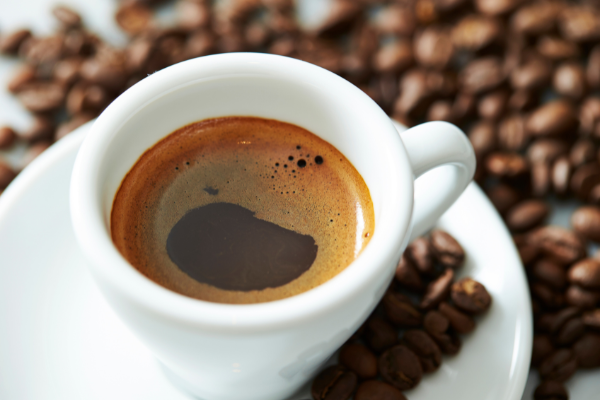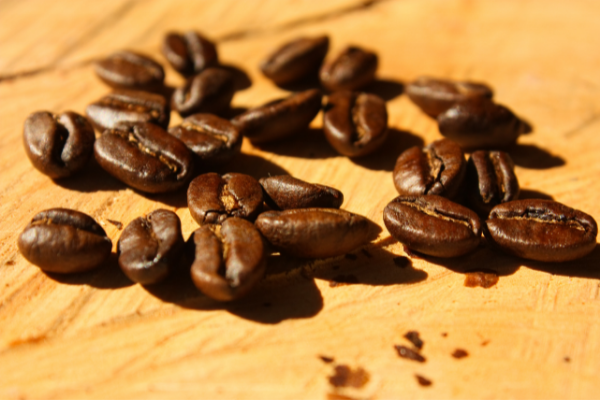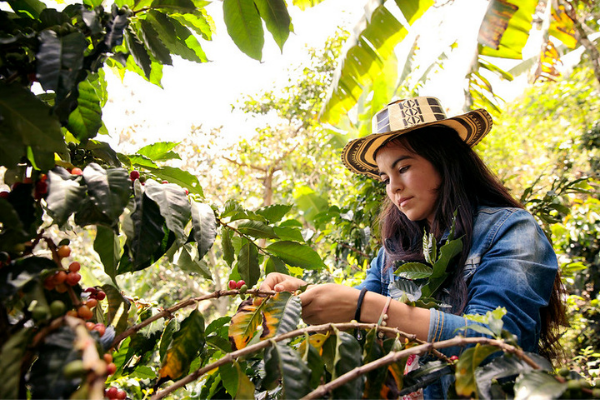COLOMBIA
The Coffee of Colombia
By Guadalupe Schmidt-Mumm and Noa Sutton
Colegio Nueva Granada | Bogotá, Colombia
Imagine that you’ve decided to take a trip to a country that supplies much of the world’s coffee. You’re out in a huge field in Colombia. You’re surrounded by coffee plants as far as you can see.
Colombia is the world’s third-largest coffee producer and the top supplier of beans to the United States. About 540,000 families depend on coffee sales as their main source of income. A great majority of the coffee produced by Colombia comes from a region called the Coffee Triangle. A popular tourist destination, it includes three departments (similar to states in the US):
- Caldas
- Quindío
- Risaralda
History
Coffee is a much-loved drink globally and comes with an interesting history. Coffee was first cultivated in Ethiopia. As its popularity spread, political and religious leaders tried to ban coffee for reasons ranging from its mood-altering effects to its economic impact. In 1511, for example, the governor of Mecca outlawed coffee in an effort to prevent rebellion.
Nobody knows for certain whether coffee seeds were brought to Colombia by Jesuit missionaries or Dutch farmers. By 1835 coffee was plentiful enough to send a shipment of 100 bags to the US. People there had increased their consumption after the Boston Tea Party in 1773. Drinking coffee became a political statement because tea was associated with the colonists’ British enemies.
Know Your Bean
Today, coffee is extremely popular all around the globe and considered one of the healthiest drinks. Two kinds of beans account for over 90 percent of coffee production. The most common type is Arabica, which makes up over 60 percent of the world’s coffee. The coffee made from this bean tends to be sweeter and more delicate than its counterparts. Most of the beans sold by Colombia are Arabica, as the geography is good for growing them.
 Robusta beans, arguably the second-most popular coffee in the world, is stronger and more acidic, which is why people tend to call it an acquired taste. Its higher levels of caffeine makes the plants less susceptible to disease. In countries where bitter coffee is the norm, such as Africa and Europe, Robusta is more common than Arabica. It makes an excellent cup of espresso.
Robusta beans, arguably the second-most popular coffee in the world, is stronger and more acidic, which is why people tend to call it an acquired taste. Its higher levels of caffeine makes the plants less susceptible to disease. In countries where bitter coffee is the norm, such as Africa and Europe, Robusta is more common than Arabica. It makes an excellent cup of espresso.
Have a suggestion for this story? We’d love for you to submit it!


Blank
Blank
Math Resources
- Manuel, a coffee grower, is trying to plan his crops for the year. He has a field that measures 1,500 by 3,000 meters. The average coffee plant takes up a two-meter square. There has to be a meter of space between each plant. Manuel wants to know how many coffee plants will fit in his field.
- Sonia wants to start growing coffee. She needs to know how much space 250 coffee plants will require. If each plant needs 3 square meters of land, and there should be 1.5 meters between them, how much space will she need
- There are 36 bags of Colombian coffee for sale. Sixteen of them are being sold by a farmer called Sofia. Of these, eight are Arabica beans, and eight are Robusta beans. The other 20 bags of coffee are being sold by a farmer called Pedro. Of those, 17 are Arabica beans, and three are Robusta beans. If you randomly choose a bag of coffee, what’s the probability that:
- you choose any bag that Pedro is selling
- you choose a bag of Arabica beans that Sofia is selling
- you choose a bag of Robusta beans that Pedro is selling
Social Justice Question
Climate change is creating difficulties for small coffee farmers whose Arabica plants cannot survive in rising temperatures. Moving fields to higher elevations or planting shade trees are expensive modifications. Should the government of Colombia or any other organization support these farmers financially? Why or why not?
Explore Further
- Details about the history of coffee in Colombia
- World rankings for coffee exports
- Other examples of attempts to ban coffee
- Brewing techniques in Colombia
Share Your Story
Write your own Global Math Story and send it to us!
Sorry, the comment form is closed at this time.